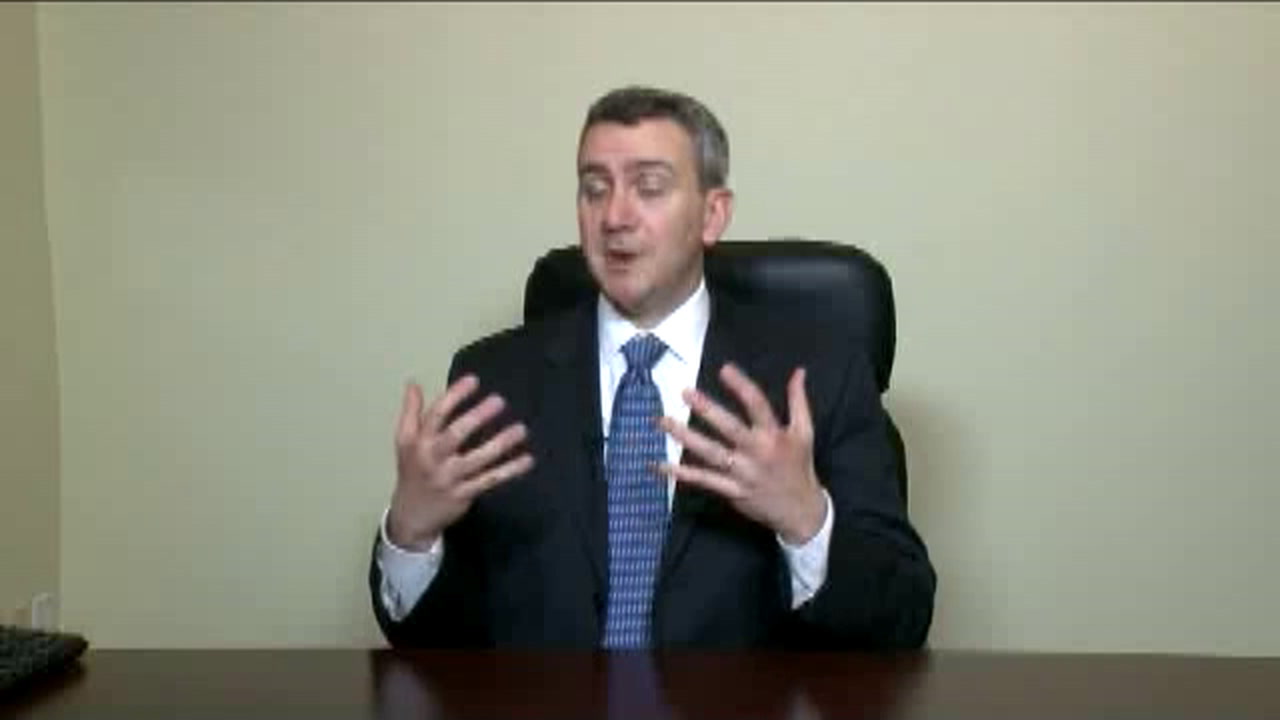
Before hip replacement surgery even takes place, a surgeon and patient will talk about a recovery and rehabilitation plan. This plan can help the patient:

There are two major components to treating hip osteoarthritis. The first is taking away the inflammation from the joint to alleviate the pain and the other is to make sure that we address the biomechanics to take the pressure off the hip so that the inflammation doesn’t return.
When the pain from hip osteoarthritis is not responding to more conservative care, to aggressive conservative care, and when that pain is continuing to interfere with a person’s quality of life, it’s certainly appropriate to have a conversation with a hip surgeon about the different surgical alternatives that may be appropriate.
The two general categories of surgery for hip osteoarthritis is one, arthroscopically going in and simply cleaning out the hip, which is a relatively small surgery. And the other is replacing the hip, and going in with a total hip replacement to replace the arthritic parts. Obviously a total hip replacement is a bigger surgery, but it’s definitely worth a really comprehensive conversation with a hip surgeon about these alternatives if the pain is still limiting a person’s quality of life.
People are typically able to take care of themselves and resume most activities 6 weeks after surgery, and are 90% recovered after 3 months. It can take up to a full year before they are 100% recovered.
In This Article:
Faster and slower recoveries
Healing and rehabilitation times vary among patients. Deviation from the “typical” recovery timeline cannot always be predicted, but differences are usually okay as long as the patient, physical therapist, and doctor continue to work together towards a full recovery.
A patient may wake up from anesthesia with a triangle-shaped pillow between his or her legs, keeping the legs slightly spread. This pillow is meant to stabilize the hips. A doctor may suggest a patient use the pillow while sleeping and resting in bed during the days following surgery.
In the hours after surgery, the patient will begin to regain feeling in his or her legs. The doctor will pre-emptively treat pain using a combination of pain-relief methods that complement each other and minimize side effects, an approach that is called multimodal analgesia.
Read more about multi-modal analgesia and Managing the Pain of Joint Replacement.
If pain is reasonably under control, the patient may be asked to do gentle exercises in bed, such as:
Gentle exercises may be done for few minutes each hour (interrupting sleep is not necessary) to facilitate blood flow.
The patient may be asked to stand up and take a few steps with the aid of a physical therapist and/or a walker. Patients who get up and bear some weight (with assistance) on their new hips soon after surgery tend to recover more quickly than patients who do not.
advertisementA surgeon or nurse will give each patient weight-bearing guidelines to follow in the hospital and at home. Initially, a patient may be advised to put just a small percentage of weight on the affected leg, with incrementally more weight being applied over time.
Exactly how much pressure the new hip can bear will depend on factors such as:
For example, patients who have a cementless prostheses may need to wait longer to put weight on the hip, because the bone tissue needs time to grow and bond with the prostheses.
advertisementMost hip replacement patients will be discharged within 2 to 5 days. Typically, a surgeon will okay a patient’s discharge once pain is under control and the patient is able to:
Many hospitals also require patients to be able to go up and down stairs (using a handrail and assistive devices) before discharge.
Some patients meet the criteria for discharge within 2 days. People who have had more than one joint replaced or who have certain pre-existing medical conditions, uncontrolled pain, or general weakness may be kept in the hospital longer.
Discharge to a rehabilitation facility
Patients who live in homes with lots of stairs, who do not have live-in caregivers, or who face other rehabilitation challenges may be discharged to a short-term care facility that provides health care and physical and occupational therapy. These stays may be covered by insurance, depending on the policy and patient circumstances.

Dr. William Winternitz is an orthopedic surgeon specializing in sports medicine. He has more than 20 years of experience practicing orthopedics and sports medicine at hospitals and clinics, and he served as a physician for collegiate and professional athletics teams.